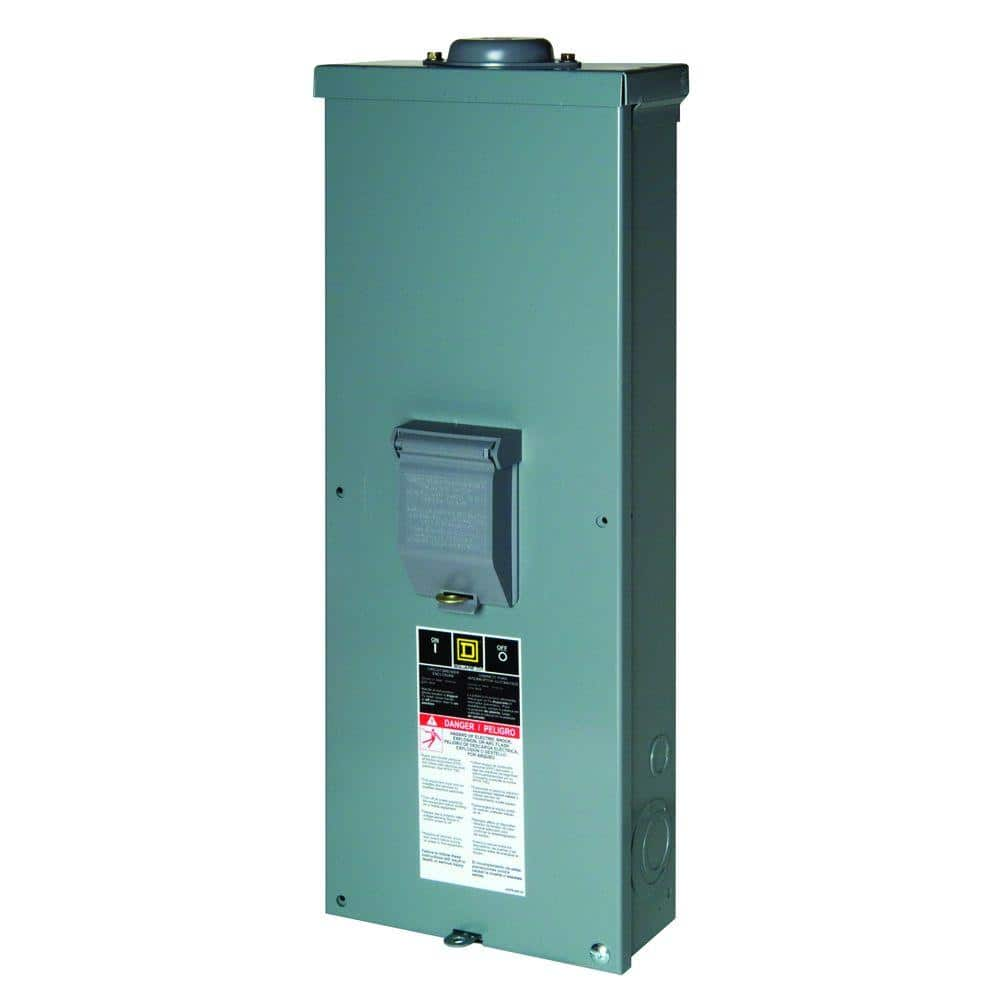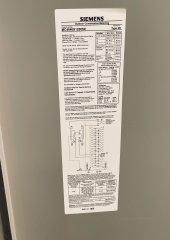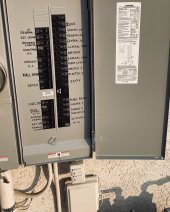first of likely many questions with this project of adding to my existing system.
I currently have 20 rec370 panels on iq7+ inverters (30.25a) and a 200a solar ready main panel with a 70a breaker on the solar.
I am going to add 31 455w panels on iq7A inverters (44.95a) all will go to the same combiner box (still assuming that this will work with the single existing combiner with reworking the bridges)
am I going to have to go to a 400a main panel to support this level of amps going to the main panel due to the backfeed 120% rule? currently working on the diagrams to submit to SRP for the expansion permits.
Edit: derating the main breaker to 150a seems to be my most viable option as long as I am understanding it correctly would give me a backfeed max of 90A
I currently have 20 rec370 panels on iq7+ inverters (30.25a) and a 200a solar ready main panel with a 70a breaker on the solar.
I am going to add 31 455w panels on iq7A inverters (44.95a) all will go to the same combiner box (still assuming that this will work with the single existing combiner with reworking the bridges)
am I going to have to go to a 400a main panel to support this level of amps going to the main panel due to the backfeed 120% rule? currently working on the diagrams to submit to SRP for the expansion permits.
Edit: derating the main breaker to 150a seems to be my most viable option as long as I am understanding it correctly would give me a backfeed max of 90A
Last edited:





